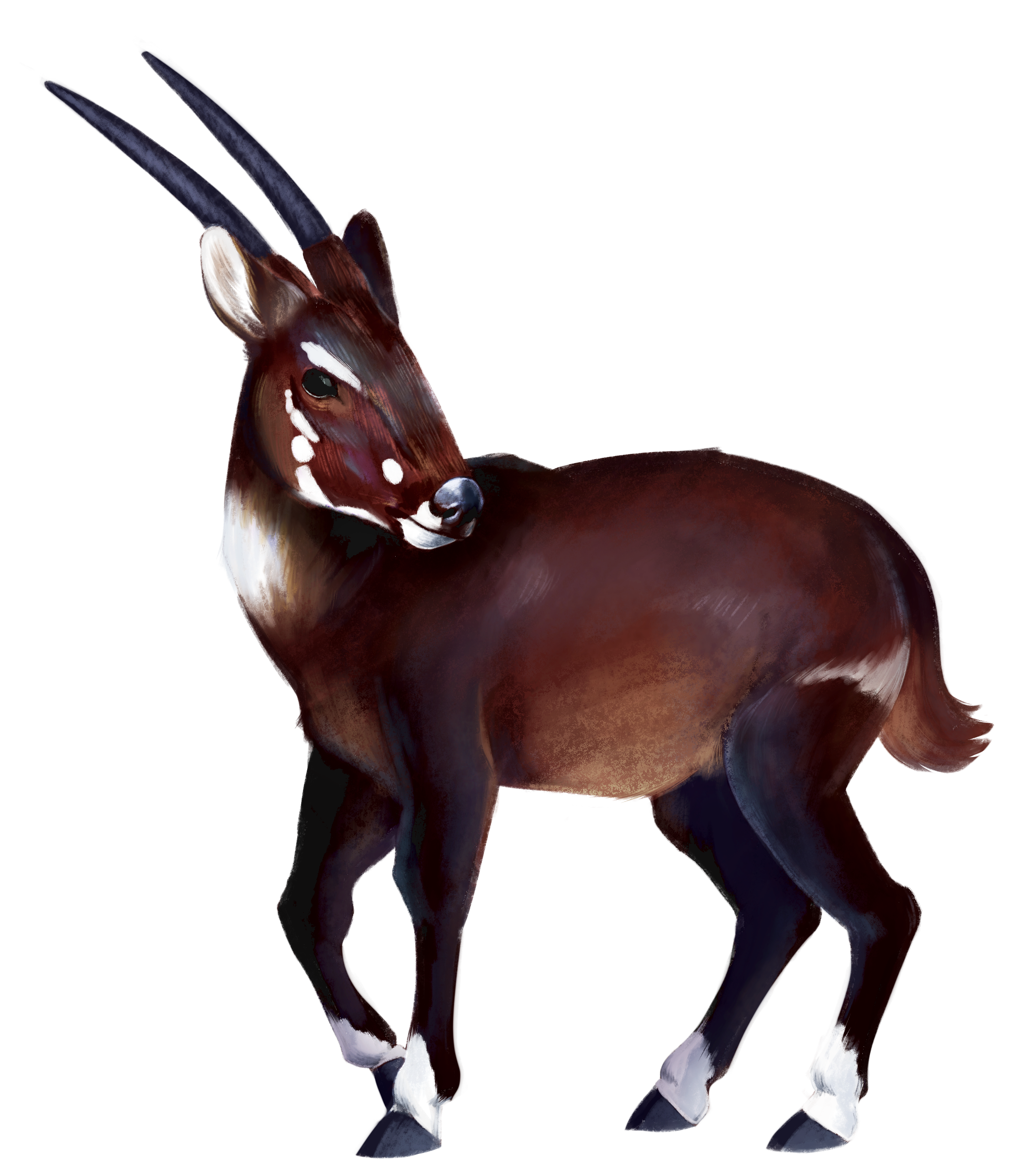Animals & the Environment: The Asian Unicorn: Saving the Saola
by Kacey Barton
When you see the word “unicorn”, it’s likely you’ll imagine a mysterious, horse-like creature with a horn on its head. Although it is mysterious, the Saola, or “Asian unicorn”, isn’t a horse at all and it actually has two horns growing from the back of its head like an antelope. This unique animal is related to antelope and cattle, but is in its own genus of Pseudoryx. Saolas were discovered in 1992, cited by the World Wildlife Fund as “…the most spectacular zoological discovery of the 20th century”.
Unfortunately for this elusive bovid, it has already found a spot on the IUCN’s Red List as Critically Endangered as it’s population is in steady decline. Little is known about Saolas as there are none known to be in captivity and they are rarely seen in the wild; in fact, they’ve only been categorically documented in the wild four times by scientists. While population estimates vary, there are approximately 250 or fewer mature individuals left in the wild.
Hunting, snaring, and habitat loss are all accountable for the Saolas' predicament. They are hunted for their meat by native people, and are commonly found in bushmeat snares. Although most hunters do not specifically target them, their horns have found their way into the illegal wildlife trade, making them targets for trophy hunters and poachers. It is difficult for the Saola to escape this activity as their natural habitat and range is so small and specific; parts of the wet evergreen in the Annamite Mountains in Vietnam and Laos.

